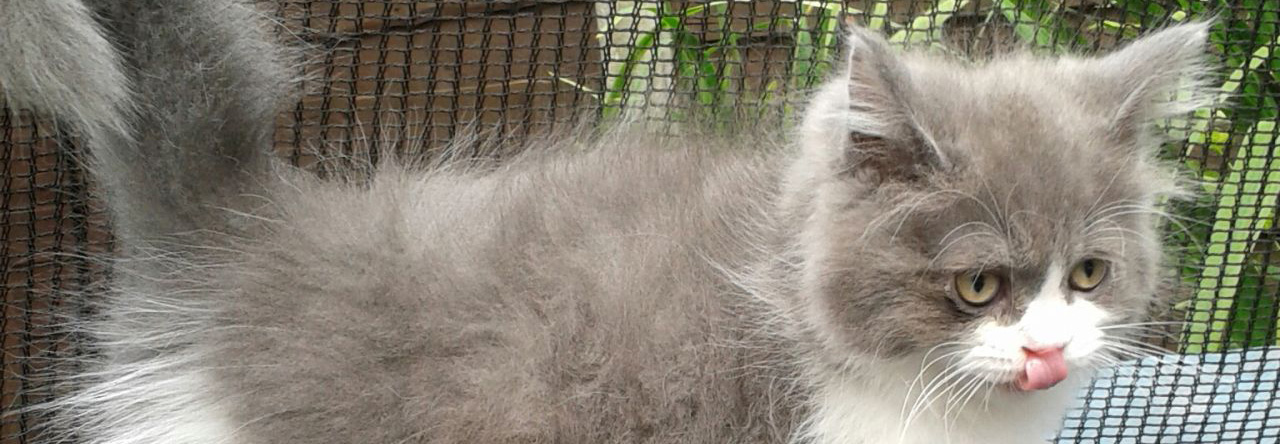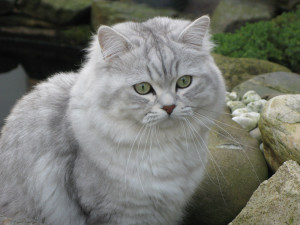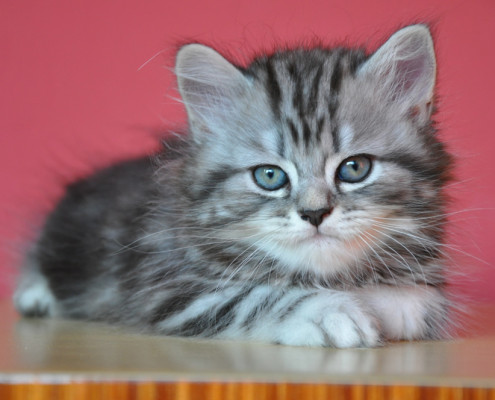British Longhair

Meoww!!
A medium size, long-haired domestic cat breed, originating in Great Britain.
In 5 Words
- Gorgeous
- Furry
- Intelligent
- Affectionate
- Lovely
Snapshot
Size: medium
Weight: 9 to 18 pounds
Origin: Great Britain
Life Span: 15 years
Colour: Black, white, red, cream, blue, chocolate, lilac, cinnamon, or fawn

Characteristics
Learn About the British Longhair
The for this breed is that the original longhaired British cat, through interbreeding with imported longhairs, was developed into the Persian and became increasingly massive and extreme in type with long, thicker fur than the early Persians
The British Longhair cat is also known as the Lowlander in Netherlands and the USA, and as Britanica in Europe. However, this breed is not recognized in the UK as a separate breed.
The head must be round, the skull is broad with a well rounded forehead. Cheeks are full and round (chubby).
The ears are small to medium-sized and set wide apart, with rounded ear tips.
The nose is broad, straight and short, and has a slight indentation between the eyes, but not a stop like Persian or Exotic. Their building looks stocky and sturdy. The paws are short with round feet. The tail is thick and either short or average in length.
British Longhair are a longhair version of British Shorthair. Much like these cats, the British Longhair has a broad square head. It is known as Britannica in European countries, but this breed is not particularly well recognized in UK.
The chubby-faced British Shorthair with its chipmunk cheeks and happy smile is famous as the Cheshire Cat in Lewis Carroll’s Alice in Wonderland. This sturdy teddy bear has a smile and a plush coat combined with a wonderful disposition that makes them great family pets.
British Longhairs are quite calm and easy going. They are fun-loving and playful, particularly as kittens. These cats attach quickly to their owners, with great affection. British Longhairs are good for owners who have to work, because they will enjoy just laying around all day. They are not destructive, and do not need any other animals for company. However, some individuals do enjoy living with another British Longhair that is similar in personality.
Cats who reside in the house should generally visit the veterinarian yearly, unless health problems are evident. Cats who enjoy the outdoors may need to see the vet as many as four times a year. When you take your cat to the vet, be sure to bring along a fresh stool sample so the vet can do a fecal exam to check for internal parasites such as tapeworm, round worm, whip worms and hook worms. The vet will also check for external parasites such as fleas, ticks and ear mites. Feline Enteritis, Rhinotracheitis, Calicivirus pose serious health dangers to cats and vaccinations against these diseases should be given as soon as recommended by your veterinarian.
The British Longhair coat takes more work than the shorthair variety but daily combing will help to prevent tangles. British Longhair cats will benefit from regular bathing, which will help keep their coats tangle free and beautiful.
It is best if you start bathing your British Longhair while the kitten is very young and maintain a regular routine so the cat learns to enjoy the bath as a special time with you and not something to be feared.






